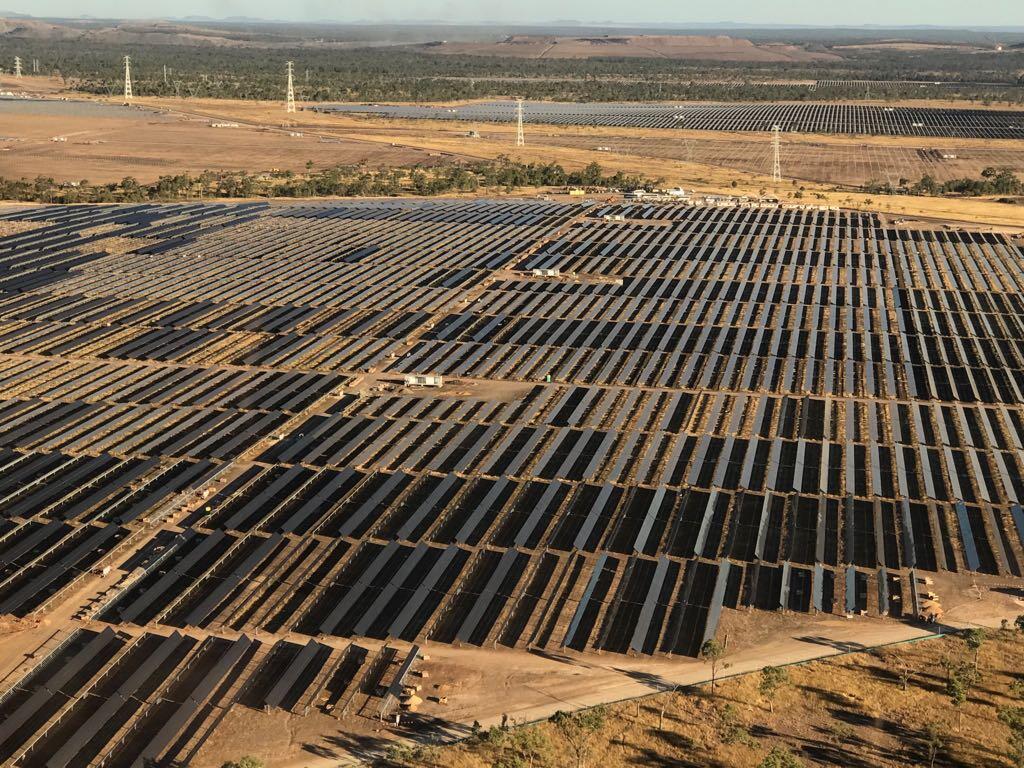While Australia reached an important renewable energy milestone on Wednesday of providing 50 per cent of the main grid’s demand for the first time, not all large-scale solar power generators are enjoying the ride.
The 95MW Tailem Bend solar farm in South Australia, owned by Vena Energy and operating since earlier this year, has had to switch off on 14 different days in September and 18 days in October, and most days so far in November.
This is not unusual. Wind and solar farms – and also fossil fuel generators – are often switched off when electricity prices go into negative territory, or get close to zero, either because their off-take agreements oblige them to do so, or because they are “merchant” facilities that don’t want to be paying other parties to take their output if prices do go negative.
Tailem Bend, however, has suffered more than most – partly due to the requirements of its off-take agreement with Snowy Hydro, and partly because of its location in the state that already operates at more than 50 per renewables on a yearly average, and is often at more than 100 per cent, and thus is more likely to experience negative prices.
Global Roam, the authors of NEM Review providers of the popular NEM-Watch widget that can be found on RenewEconomy, has found and charted examples of recent weeks when Tailem Bend was forced to switch off virtually every day.
So what would fix this? Less frequent negative pricing events are not likely to be seen in South Australia until new interconnectors and pumped hydro facilities are built – which is expected to happen sometime in the first half of the 2020s.
Meanwhile, just about every new large scale wind and solar project proposal, or wind and solar hybrid, is coming with storage attached. Tailem Bend is also considering battery storage, but Vena would not comment on where they were with that idea.
